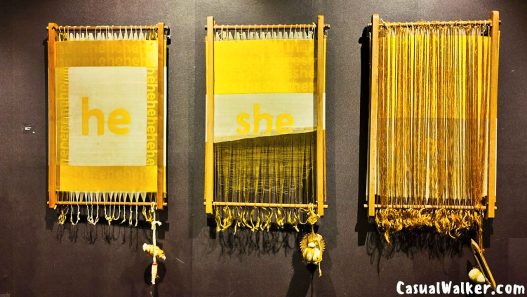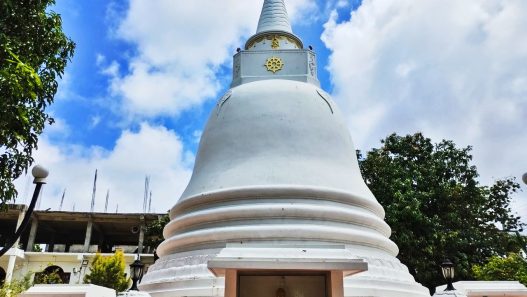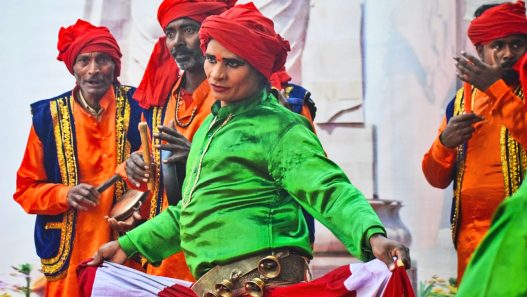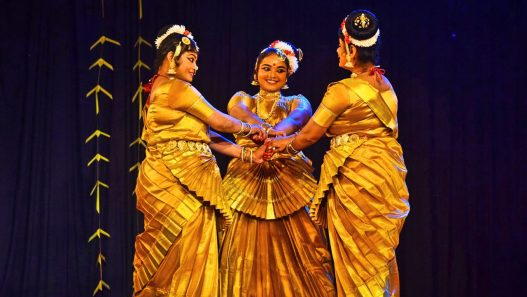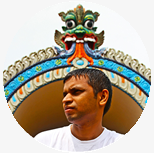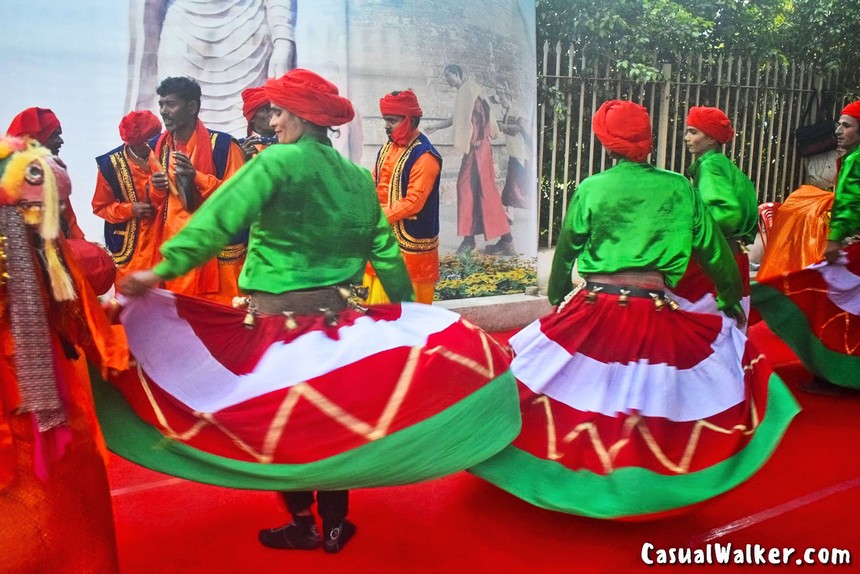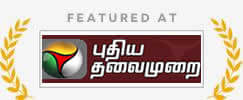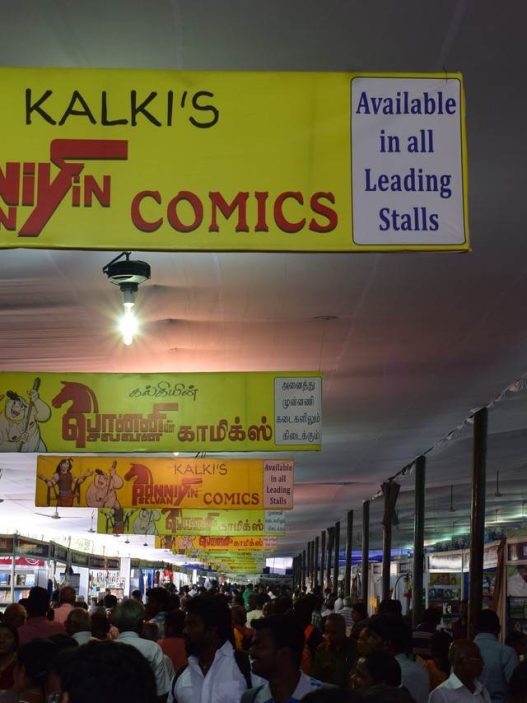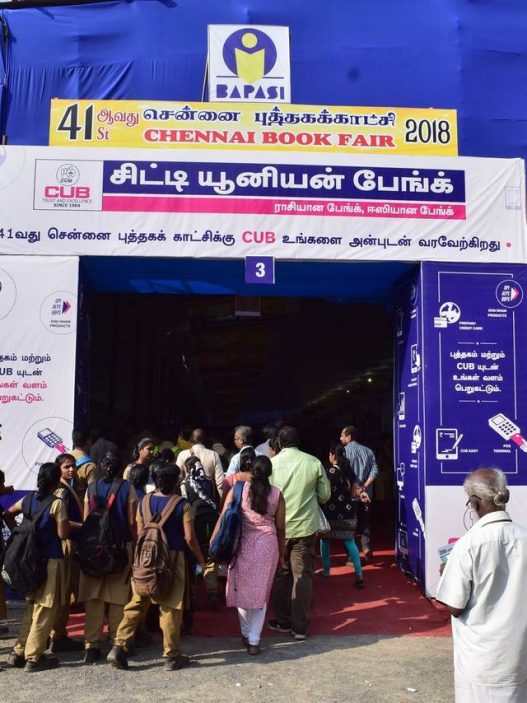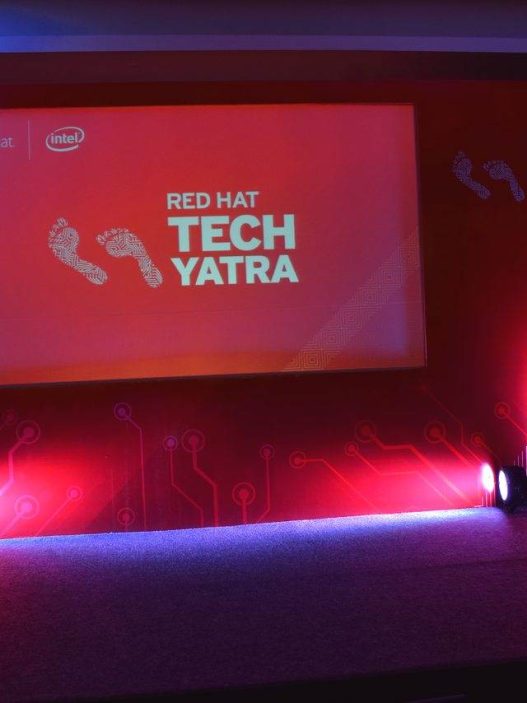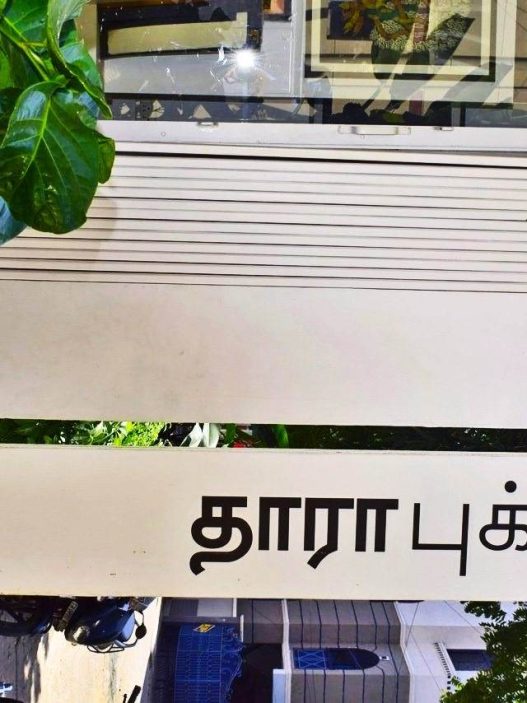Dhobiya Dance in Purvanchal, Eastern Uttar Pradesh: Uncovering the Historical Significance of India’s Unique Washermen Folk Dance Tradition – A Male Performance Folk Dance / History, Cultural Significance, Traditional Costumes, Wooden Horse Symbolism & Where to See This Unique Washermen Folk Tradition in Eastern UP – Complete Guide (Updated)
– essential dance performance to every festival & celebration across purvanchal
| CasualWalker’s Rating for Dhobiya Folk Dance : | |

9.9 – Great / Excellent
|
I witnessed Dhobiya dance first time in Sarnath, Uttar Pradesh, the rhythmic beats of the dholak echoed through the evening air, and a group of performers dressed with colorful turbans emerged into the performance space. What struck me immediately was the infectious energy—the way the dancers moved with such passion and pride, transforming their everyday livelihood into an art form that captivated everyone around.

Historical Origins of Dhobiya Dance
The Dhobiya folk dance traces its roots deep into the rural heartlands of eastern Uttar Pradesh, particularly the Azamgarh district, where it emerged as a unique cultural expression of the Dhobi (washermen) community.
While the exact timeline remains shrouded in oral tradition, folk historians suggest this dance form has been practiced for several centuries, evolving organically as men from the Dhobi caste gathered after their laborious work of washing clothes at rivers and ghats. What began as spontaneous celebrations during festivals and community gatherings gradually developed into a structured performance with defined movements, rhythms, and narrative elements.
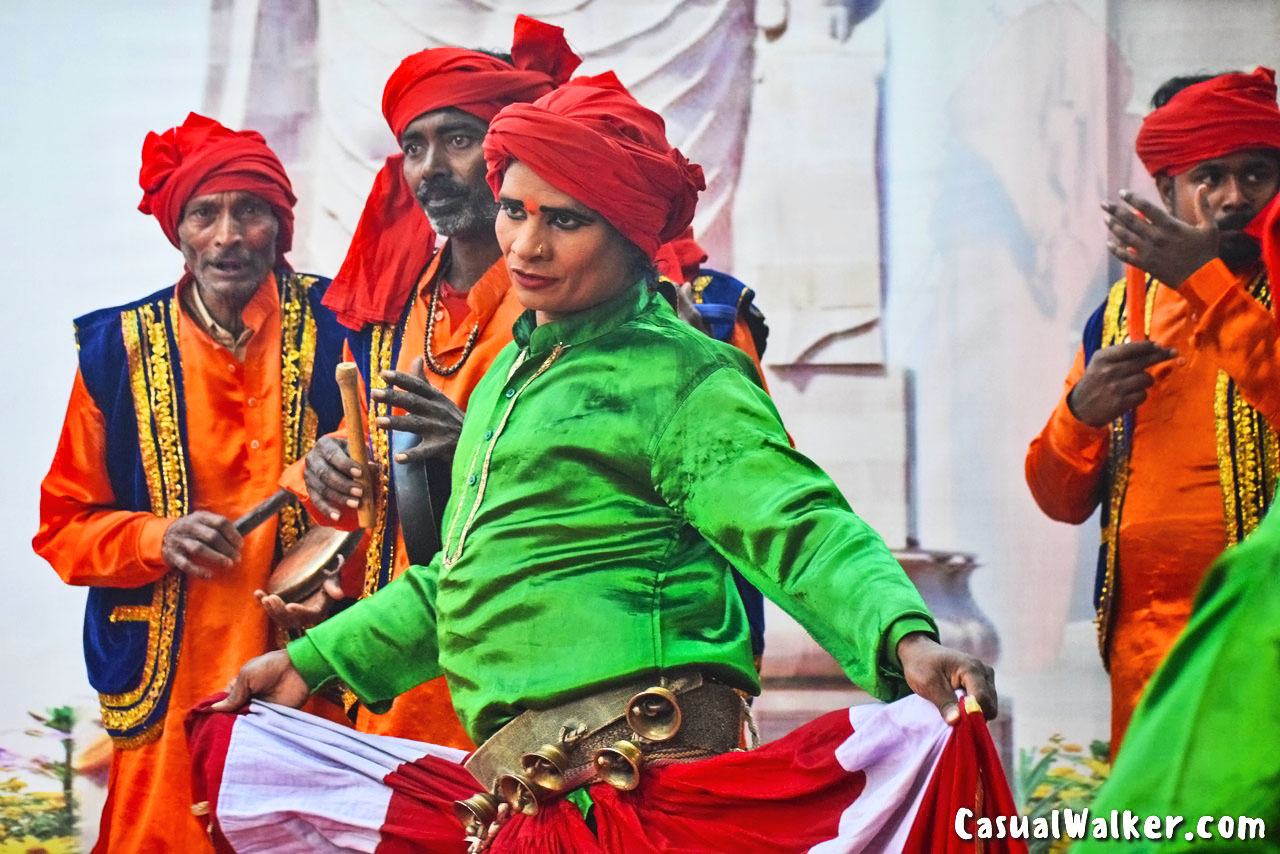
The dance gained prominence during the pre-independence era when folk arts flourished as expressions of local identity and cultural pride, serving as a powerful assertion of occupational dignity in a society marked by caste-based hierarchies. Traditionally performed exclusively by male members of the Dhobi community, this dance became their medium to celebrate the bond with their faithful companion—the donkey—and to transform the mundane rhythm of their daily labor into an art form worthy of community recognition.
In the post-independence period, particularly during the cultural renaissance of the 1960s and 1970s, Dhobiya received formal recognition as an important folk tradition of Uttar Pradesh, leading to its performance on larger platforms and cultural festivals across Purvanchal, though it has remained fundamentally a male-dominated performance tradition, reflecting the historical gender dynamics of the washermen’s profession.
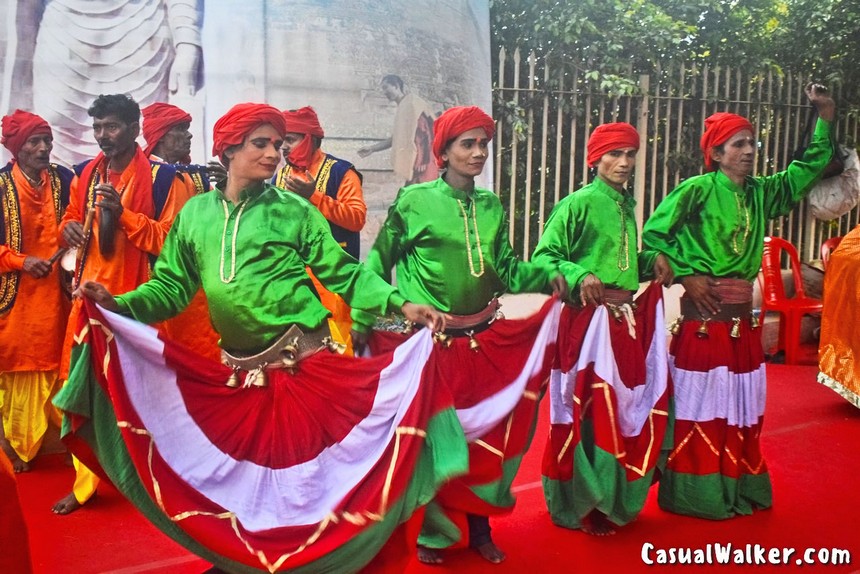
The Sacred Bond: Heart of Purvanchal
Dhobiya dance is deeply rooted in Purvanchal, the eastern region of Uttar Pradesh, serving as the cultural heartbeat of the Dhobi community across districts like Azamgarh, Mau, Ballia, Ghazipur, and Jaunpur. What makes this art form truly unique is its passionate representation of the livelihood relationship between the washerman and his faithful companion—the donkey.
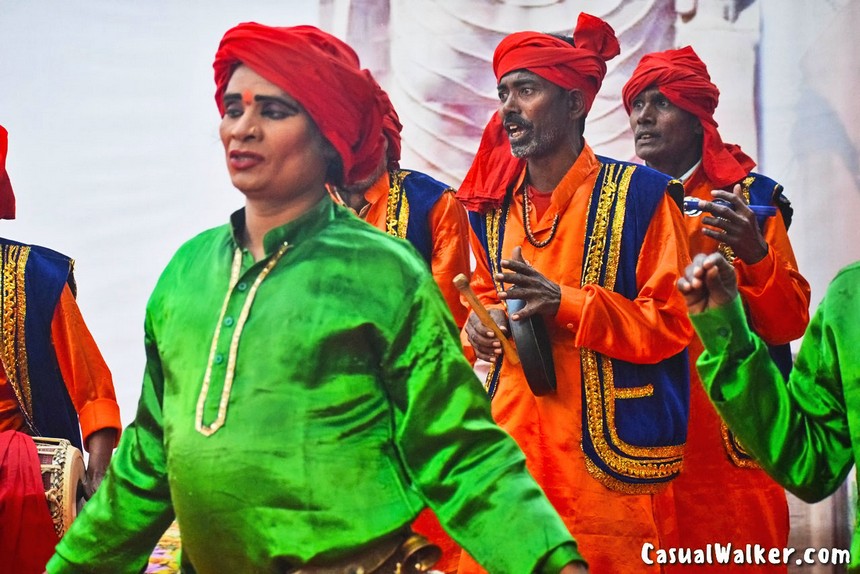
This isn’t mere symbolism; it’s a heartfelt tribute to the animal that has been the Dhobi’s partner in labor for centuries. Through dance, the performers celebrate this bond with movements that speak of mutual dependence, hard work, and shared journeys carrying bundles of clothes from house to house, from village to riverside.
During performances, dancers mimic the donkey’s gait, the loading of clothes, and the patient trudging—all transformed into graceful, rhythmic movements that draw both laughter and respect from audiences. The wooden horse prop, beautifully decorated and carried among performers, represents this cherished companion, bobbing and weaving through the dance formation to bring the entire story to life.
Indispensable Festival Performer
I’ve learned that the Dhobi dancers in Purvanchal, are considered absolutely essential to any celebration. Local elders have told me repeatedly: “Jo tyohaar mein ye nahin hote, wo tyohaar adhoora maana jaata hai” (The festival where they don’t perform is considered incomplete). This isn’t an exaggeration—Dhobiya has become so integral to the region’s cultural fabric that weddings, religious festivals, village fairs, and community celebrations feel somehow lacking without the vibrant presence of these performers.
Dhobiya – Ensemble of Sound
The musical landscape of Dhobiya is rich and complex. I’ve sat with musicians who explained how each instrument contributes to the performance:
- Mridang (the traditional drum) provides the foundational beat
- Ransinga (a long brass horn) announces the performance with its distinctive call
- Cymbals (Jhanj and Manjira) add bright, metallic punctuation
- Dedhtaal rhythms create the characteristic one-and-a-half beat cycle
- Ghungroo (ankle bells) worn by dancers create cascading sounds with every step
- Bells of various sizes add layers to the sonic tapestry
These instruments playing together, building from a slow, deliberate rhythm to a frenzied crescendo, I understood why this music has survived for centuries.
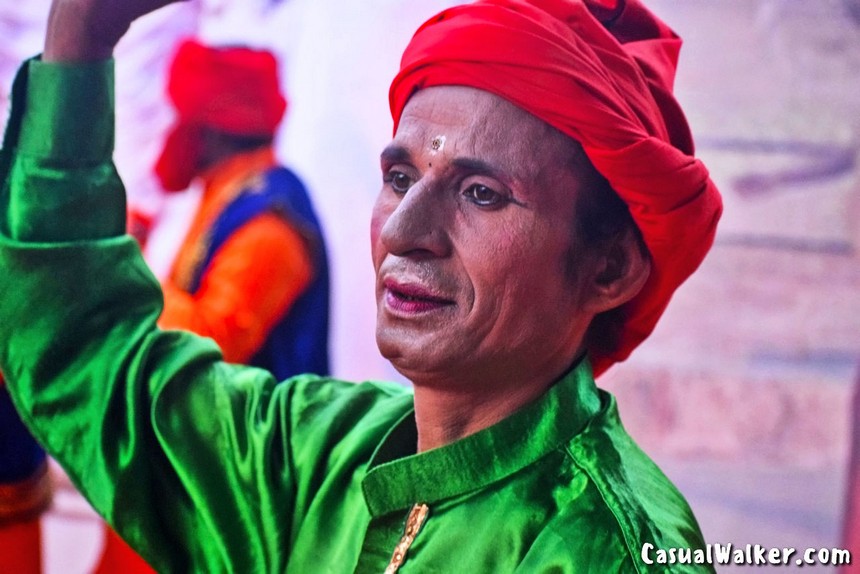
Dhobiya Dancer’s Attire and Movement
Watching the performers prepare for a show taught me that every element of their appearance carries meaning:
The Traditional Look:
- A colorful turban on the head (pagdi), often in bright reds, yellows, or oranges, signaling pride and celebration
- A patka tied around the waist, both practical and decorative
Ghungroo on the feet, sometimes hundreds of bells creating a rhythmic symphony with every movement - Kartal in the hands (wooden clappers), which the dancers strike in complex patterns
- The iconic white dhoti representing their profession’s association with cleanliness
Wooden Horse
I was particularly fascinated by the decorated wooden horse carried among the performers. Adorned with colorful cloth, mirrors, and bells, this prop becomes a character in itself. As one performer explained to me, it represents not just the donkey but the spirit of movement, journey, and the wandering nature of their ancestors’ work.
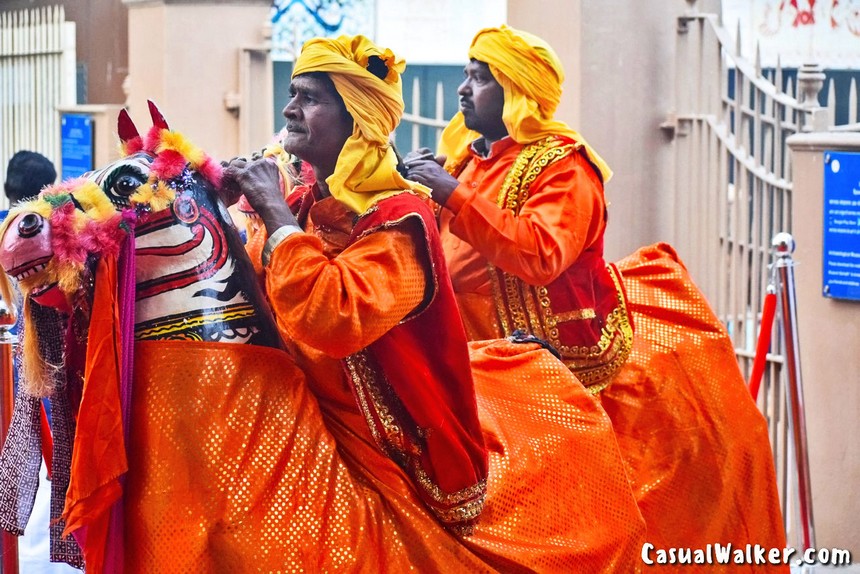
Dance in Motion
The performance typically begins with the singer-dancer (who often leads the troupe) establishing the rhythm. Then something magical happens—the performers start their thumuk-thumuk (rhythmic stepping), a distinctive hopping movement where the body bounces in time with the music, ghungroos jingling, kartals clapping, feet striking the ground in perfect synchronization.
I’ve watched mesmerized as the singer-dancer moves, and the others mirror and respond, creating a conversation through movement. The wooden horse weaves through the formation, adding a playful element as dancers interact with it, sometimes jumping over it, sometimes dancing around it, sometimes pretending to ride it.
Living Tradition
What struck me most during my time in Purvanchal was how alive this tradition remains. In villages where I stayed, young boys practice Dhobiya steps in the evening, older men gather to sing the traditional songs, and families take immense pride when their sons join a Dhobiya troupe.

Movements Tell Stories
Through conversations with master dancers, I learned that Dhobiya choreography narrates the washerman’s entire world:
1. Kapda Dhona (washing clothes) – the beating and scrubbing motions transformed into dance
2. Bojh Uthana (lifting loads) – movements showing the strength required for their work
3. Gadhe ko Sambhalna (managing the donkey) – playful movements depicting the relationship with their animal companion
4. Ghar-Ghar Ghoomna (house-to-house rounds) – traveling steps that show their journey
5. Kapda Soonkhna (sniffing clothes) – humorous movements checking if clothes are clean
6. Celebration – pure joy expressed through rapid spins and jumps
Songs of Life
The Bhojpuri and Awadhi songs accompanying the dance range from humorous to profound. I remember one song that had the entire audience laughing—it told the story of a washerman’s donkey who refused to move, creating chaos on laundry day. Another, more poignant song spoke of the dignity of honest labor and the pride in serving the community.

Regional Variations
Azamgarh – The original and most traditional form, with emphasis on authenticity and slower, more deliberate movements
Mau – Incorporates faster tempo and more acrobatic elements, with influence from nearby Bihar’s folk traditions
Ballia – Known for its athletic and vigorous interpretation, with high jumps and energetic spins
Ghazipur – Blends Bhojpuri folk songs more prominently, with elaborate costume variations
Jaunpur – Features more theatrical elements, sometimes incorporating short skits or dialogues
When and Where to Experience Dhobiya
Dhobiya dance comes alive during major festivals throughout eastern Uttar Pradesh, making the region a vibrant canvas of cultural celebration. The most spectacular performances occur during Holi (March), when the colorful festival of spring sees Dhobiya troupes performing across villages and towns in Azamgarh, Mau, Ballia, Ghazipur, and Varanasi districts. Chhath Puja (October-November), the most important festival of Purvanchal, features extensive Dhobiya performances along the ghats of Varanasi and in rural areas.
Dussehra (September-October) and Diwali (October-November) bring the dance to village squares and temple courtyards throughout the region. Wedding season, particularly during the auspicious months of November to February, sees Dhobiya as an essential part of celebrations in rural Purvanchal. The annual Dev Deepawali in Varanasi (November) and various village melas (fairs) held between October and March provide excellent opportunities to witness authentic performances. Key locations include Sarnath near Varanasi, the villages around Azamgarh district, the temple town of Ghazipur, and during cultural festivals organized at district headquarters across eastern UP, where traditional troupes gather to showcase this living heritage of the Dhobi community.

Festivals and Celebrations
Holi – The festival of colors becomes even more vibrant when Dhobiya dancers perform, often getting doused in colored powder while dancing
Chhath Puja – This major festival of Purvanchal features Dhobiya as an essential cultural component
Weddings – No village wedding feels complete without a Dhobiya performance, usually on the evening before the ceremony
Dussehra and Diwali – The victory of good over evil and the festival of lights both include Dhobiya performances
Village Fairs (Melas) – Annual fairs provide the biggest platforms, where troupes compete and showcase their skills
Performers’ Perspective
Dhobiya represents a powerful assertion of dignity and cultural worth. A young dancer shared how learning Dhobiya connected him to his grandfather and great-grandfather, creating a living link across generations. The pride in his eyes when he performed was unmistakable—this wasn’t just entertainment, it was cultural continuity and family legacy.
Wooden Horse: A Symbol Explained
Let me return to that decorated wooden horse, because it deserves special attention. In conversations with performers, I learned that preparing the horse is a ritual in itself. The frame is crafted from wood, then decorated with bright cloth (often red or yellow), small mirrors that catch the light, bells that jingle with movement, and sometimes even artificial flowers.
During performance, the horse isn’t just a prop—it’s treated with reverence. I’ve seen dancers bow to it before beginning, acknowledging the real animals that have served their community. When the horse enters the performance space, carried or worn by a dancer, the energy shifts. Children in the audience point and laugh with delight, elders nod approvingly, and the dance takes on a narrative quality as the performer interacts with this symbolic companion.
Thumuk-Thumuk: More Than Just Steps
The characteristic thumuk-thumuk movement that defines Dhobiya deserves explanation. It’s not simply stepping—it’s a bouncing, rhythmic movement where the entire body participates. The knees bend slightly, the torso bounces, the arms move in coordination, kartals click, and ghungroos create a cascading sound with each impact.
Watching experienced dancers perform this movement is hypnotic. They can maintain this rhythm for extended periods, even while singing, even while manipulating the wooden horse, even while executing complex formations. One master dancer told me it took him years to perfect the thumuk-thumuk while maintaining perfect rhythm with the musical ensemble.

Community Gathering
What I love most about Dhobiya is how it transforms any space into a community gathering. I’ve seen performances in village squares, temple courtyards, wedding venues, and open fields. Regardless of location, the performance creates an instant sense of togetherness.

Musical Ensemble: A Closer Look
Spending time with a Dhobiya musical ensemble taught me that the musicians are as important as the dancers. The mridang player is usually the most experienced, as maintaining the complex rhythm requires years of practice. The ransinga player needs powerful lungs to sustain the long, droning notes. The cymbal players provide the bright accents that punctuate movements.
What fascinated me was the improvisation within structure — musicians respond to dancers’ energy, accelerating or decelerating, adding flourishes during particularly impressive movements. It’s a conversation between sound and motion, each inspiring the other.

Spiritual Dimension
Though primarily secular and celebratory, Dhobiya also has spiritual dimensions. Some songs invoke Hindu deities, particularly Shiva and Krishna. Performances during religious festivals carry an atmosphere of devotion alongside entertainment. The dance itself—with its emphasis on honest labor, community service, and the dignity of all living beings (including donkeys)—embodies values that resonate with Hindu philosophical concepts.
My journey with Dhobiya has taught me that folk arts are never just about entertainment. They’re repositories of community identity, vehicles for intergenerational connection, assertions of dignity, and celebrations of life itself. The Dhobi community, through this dance, has given Purvanchal a gift that enriches everyone who experiences it.

When I see those performers enter the space—turbans bright, dhotis white, ghungroos gleaming, kartals ready, the decorated wooden horse held high—and when that first thumuk-thumuk begins, synchronized with the beat of mridang and the cry of ransinga, I witness something more than dance. I witness history, pride, resilience, joy, and the enduring human capacity to transform labor into art.
The Dhobi dancers remind us that culture emerges from all corners of human experience, that every community’s story deserves to be told, and that art can flourish anywhere—even in the daily rhythm of washing clothes, loading donkeys, and serving others. In an age of cultural homogenization, Dhobiya stands as a vibrant testament to the power of local tradition and the beauty of occupational pride.

